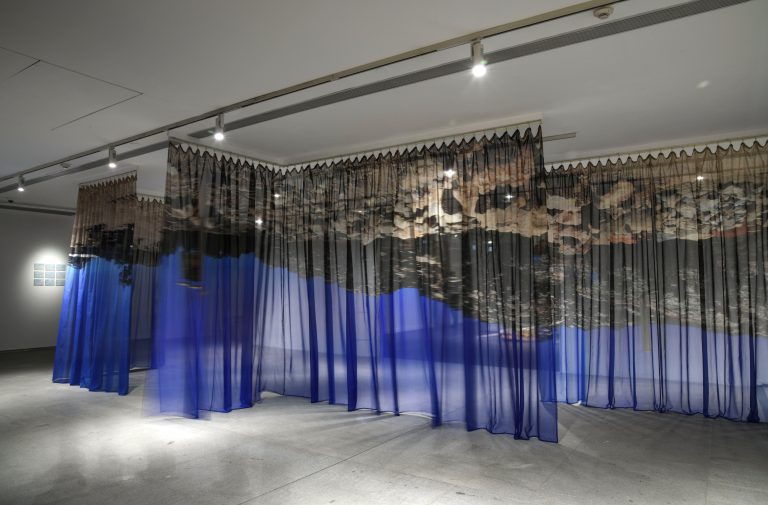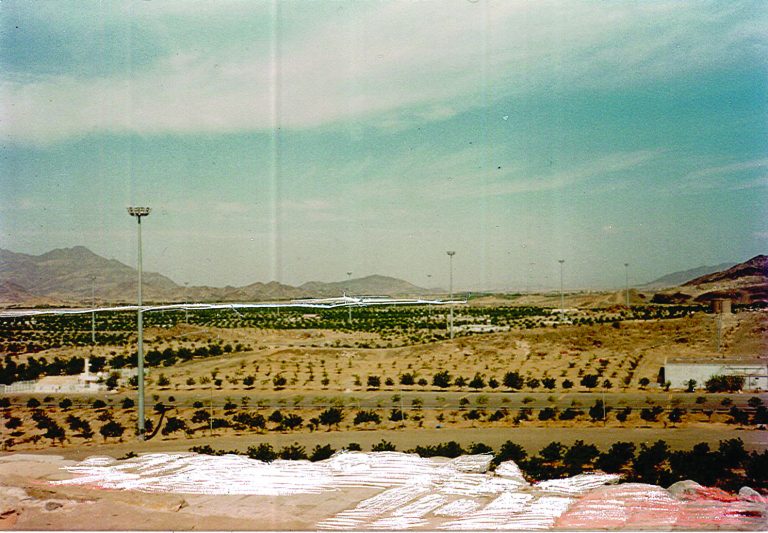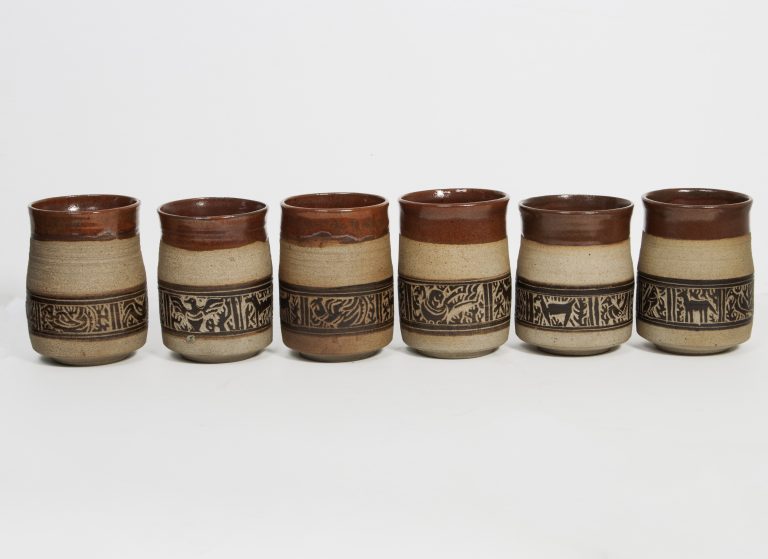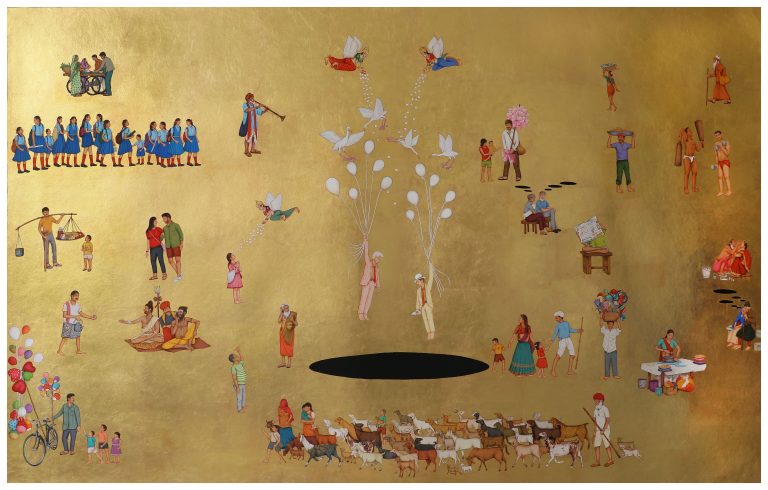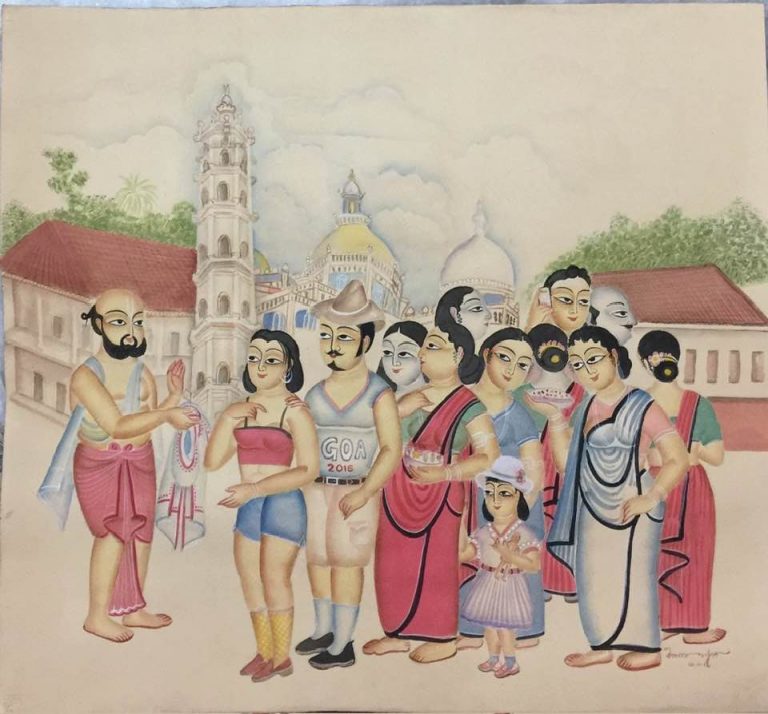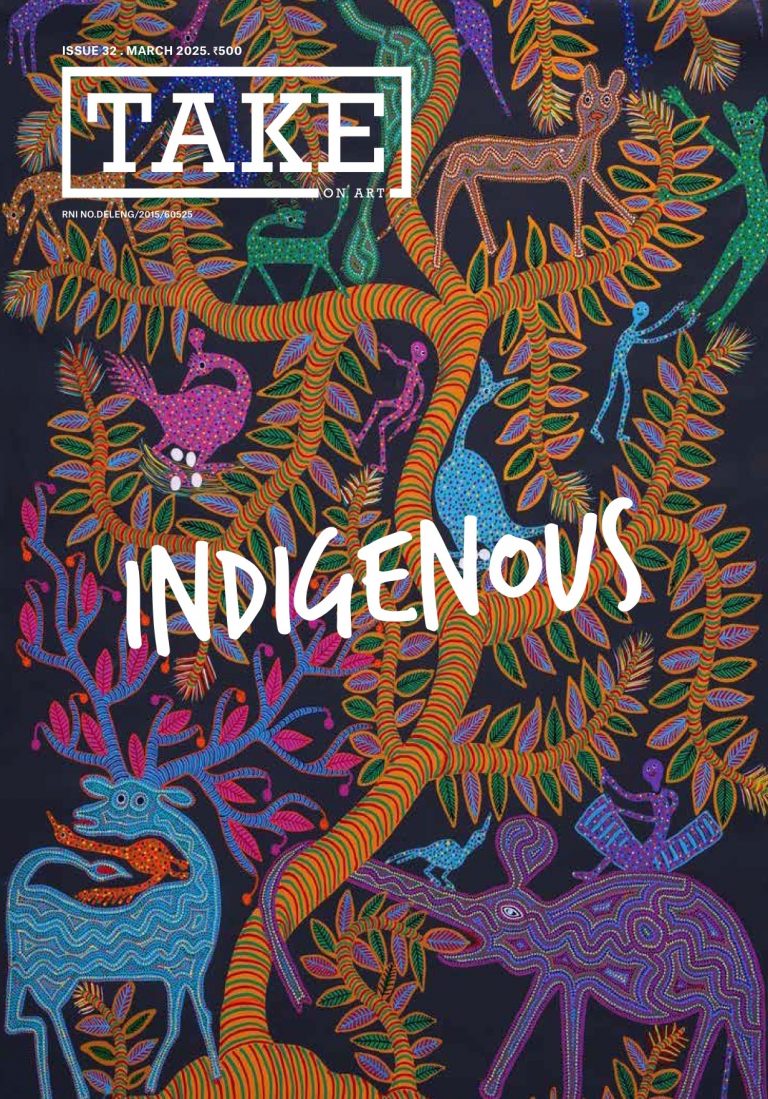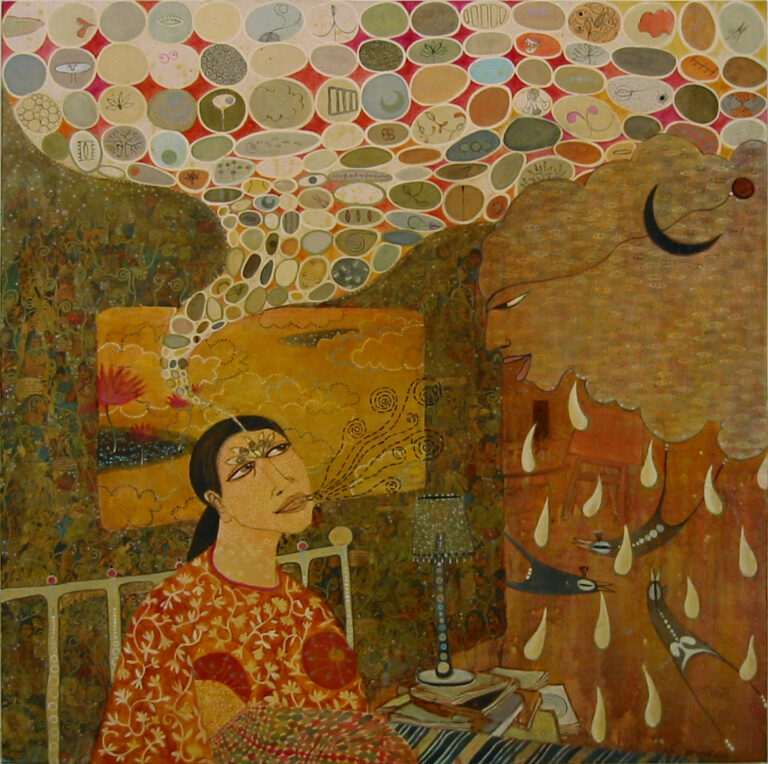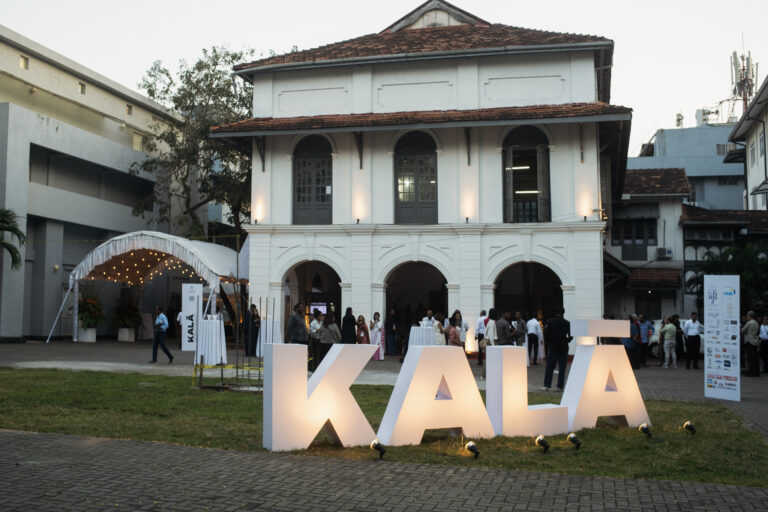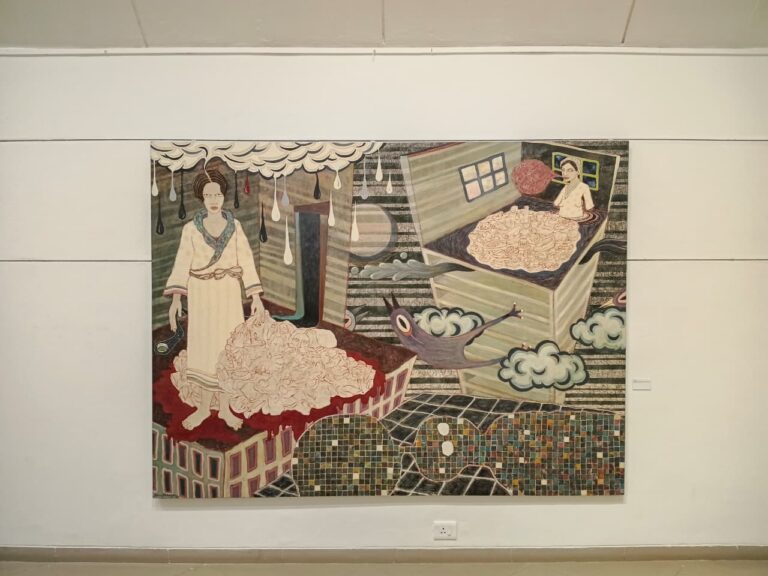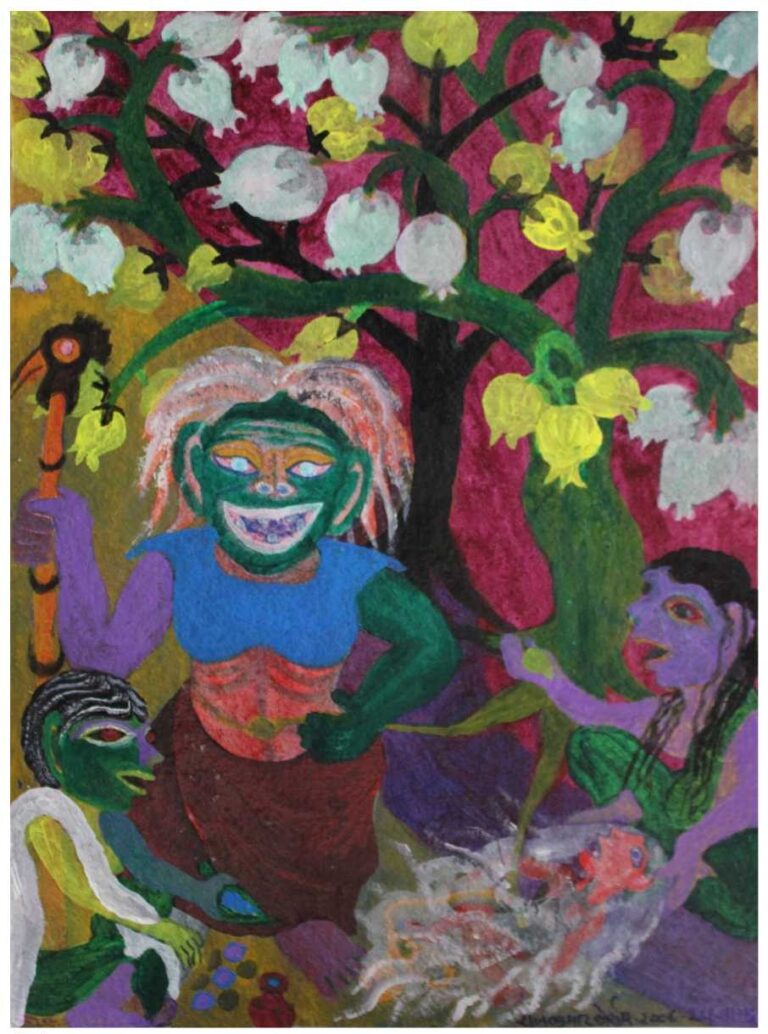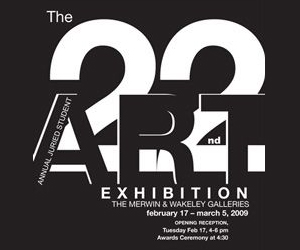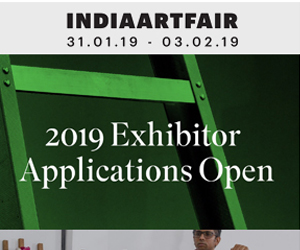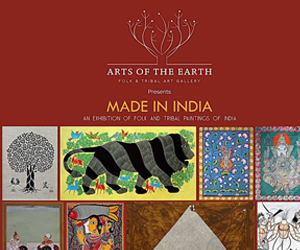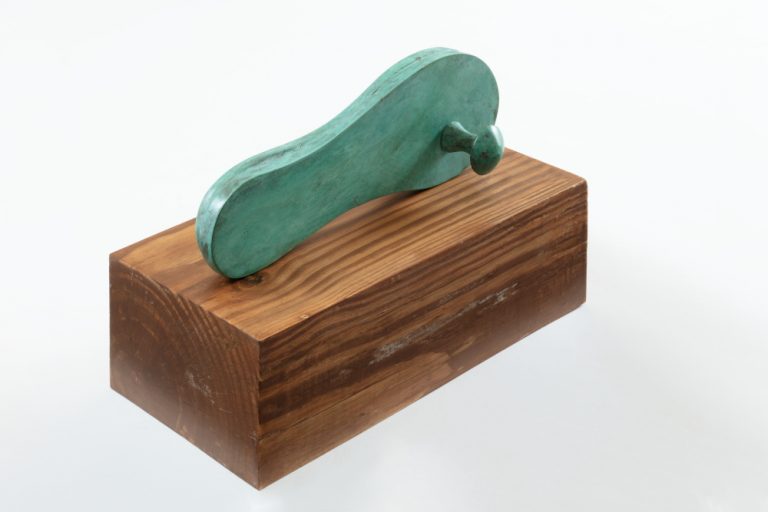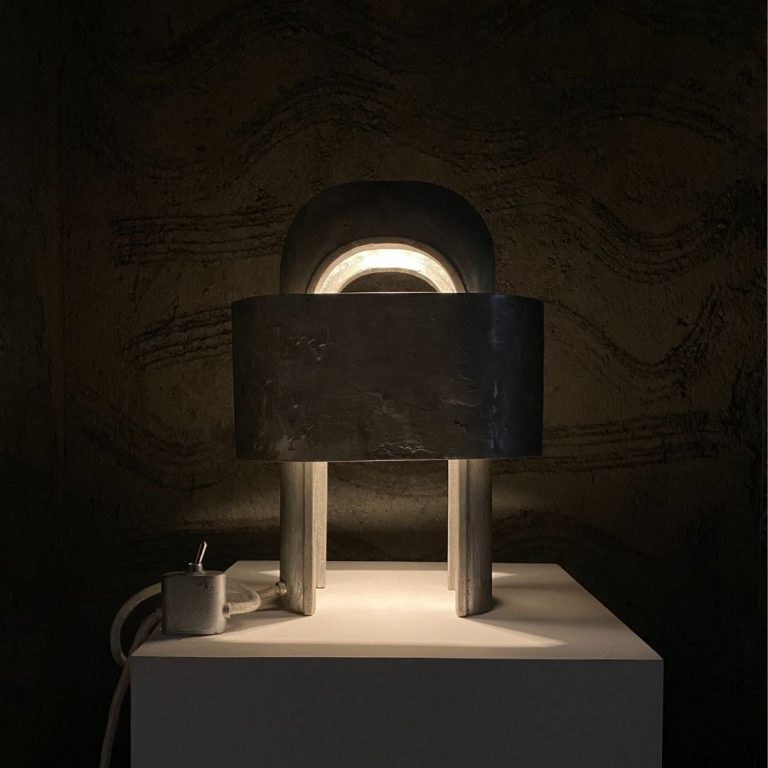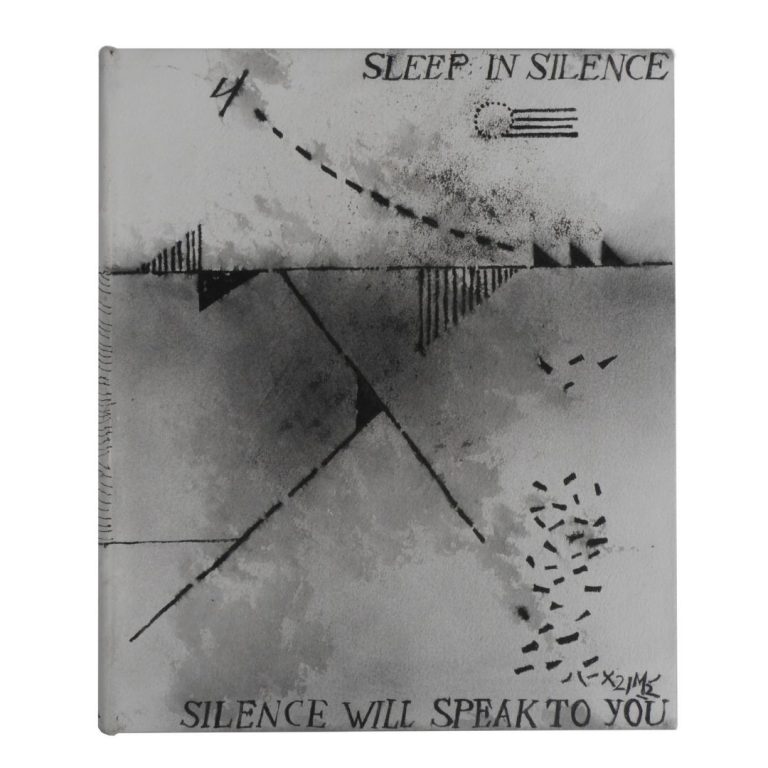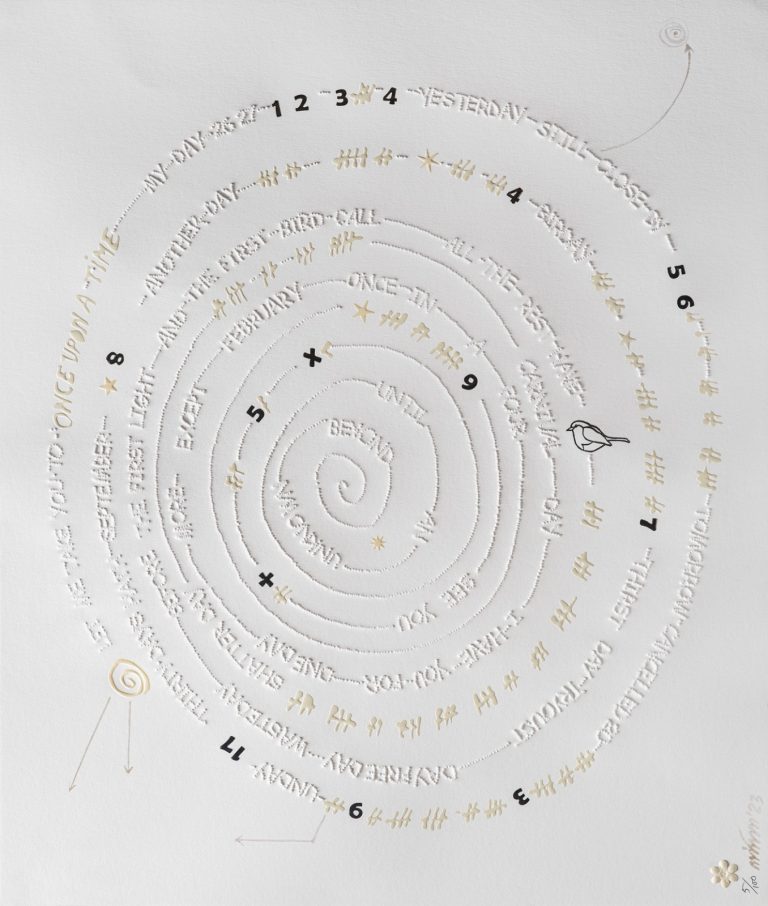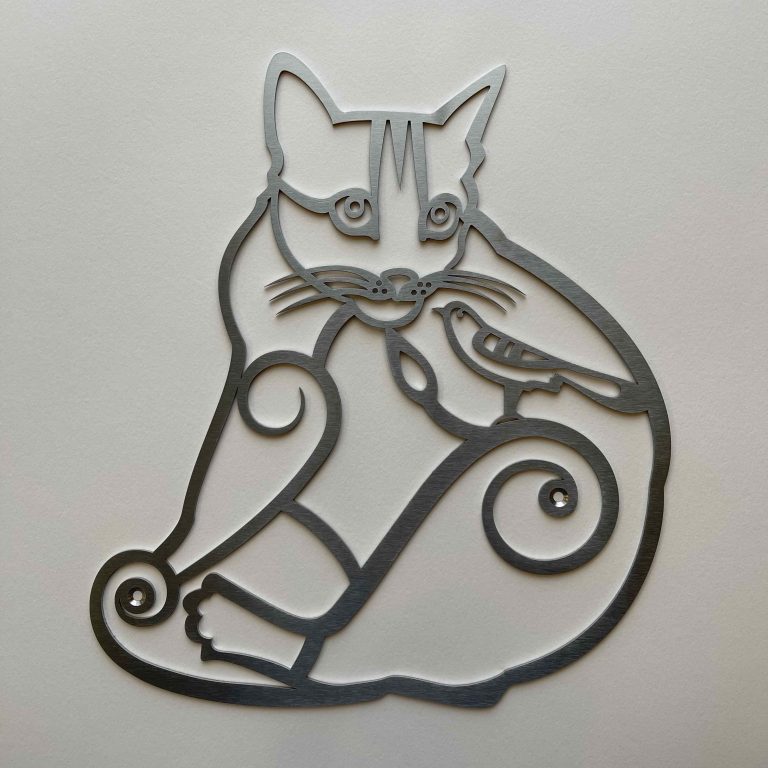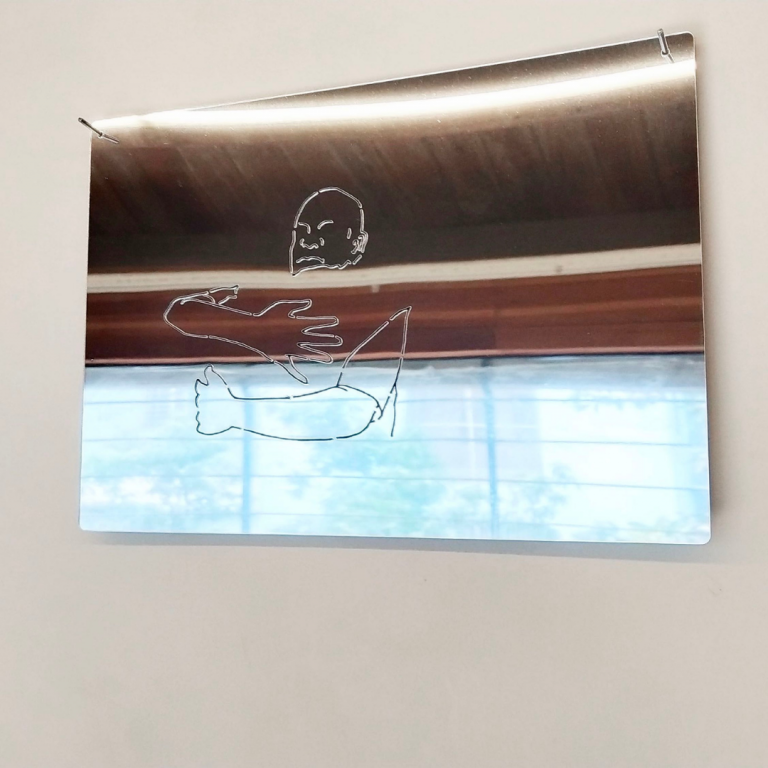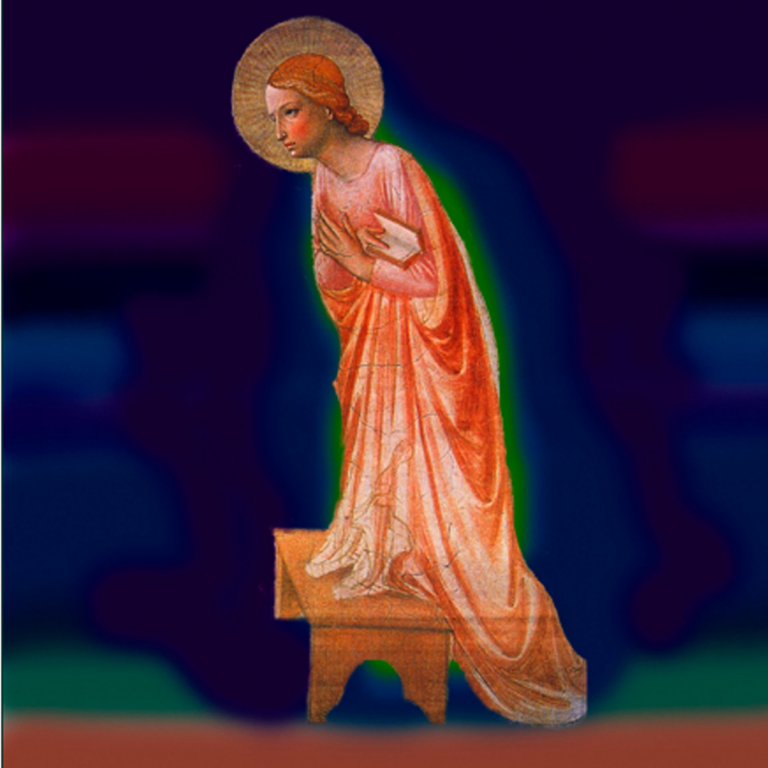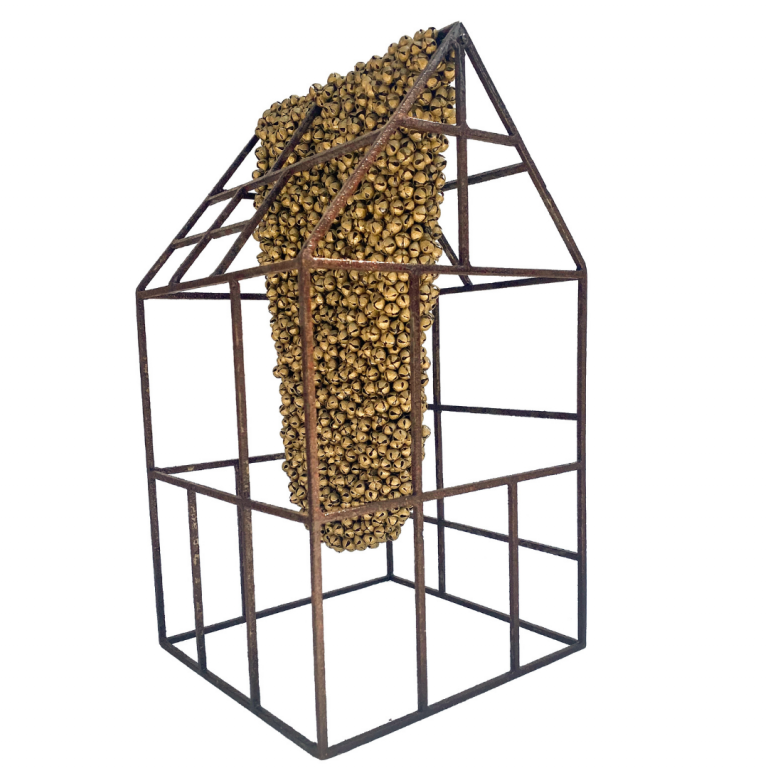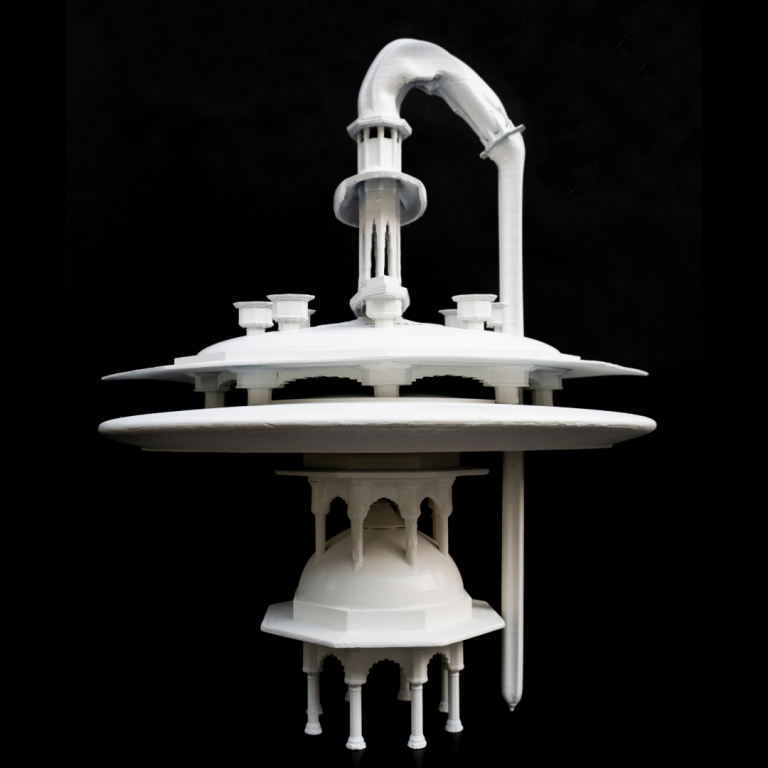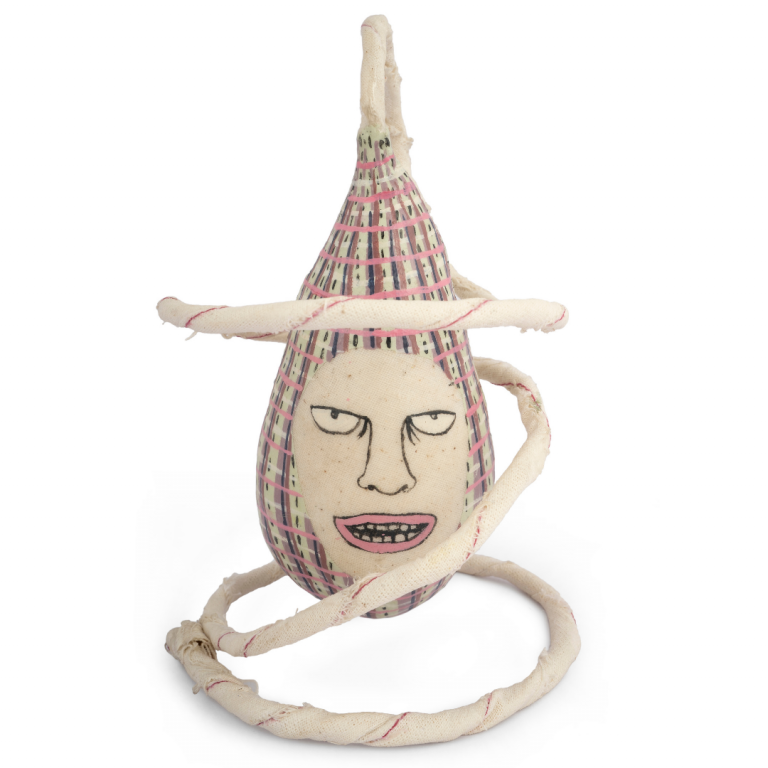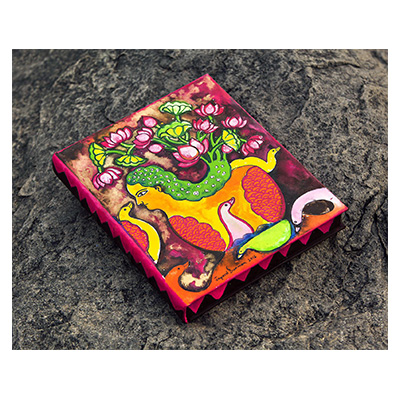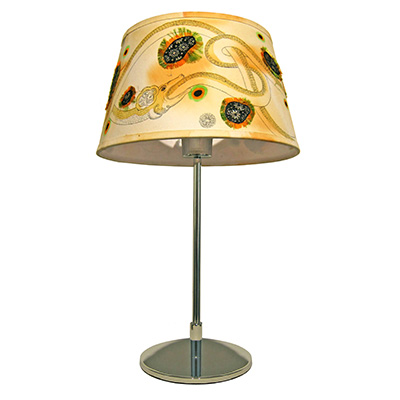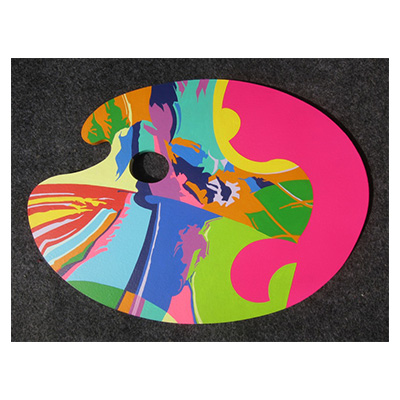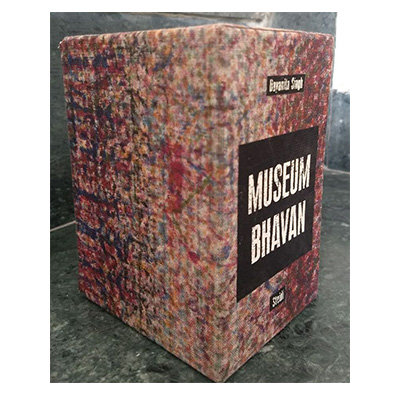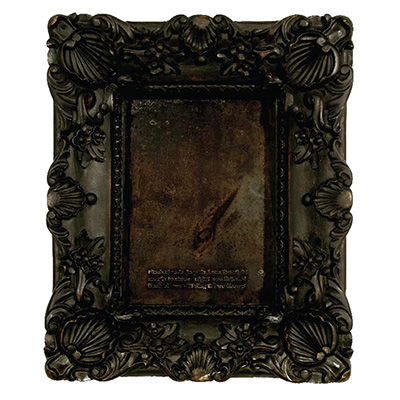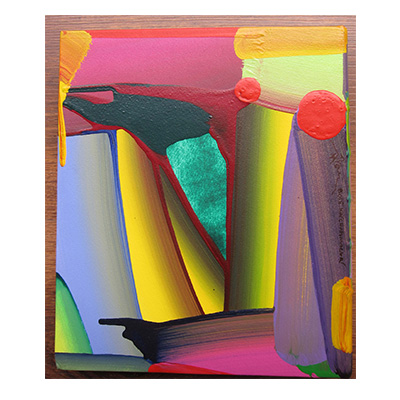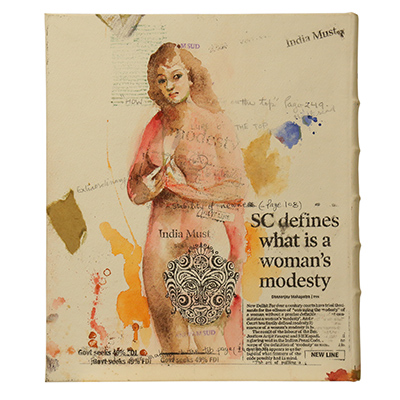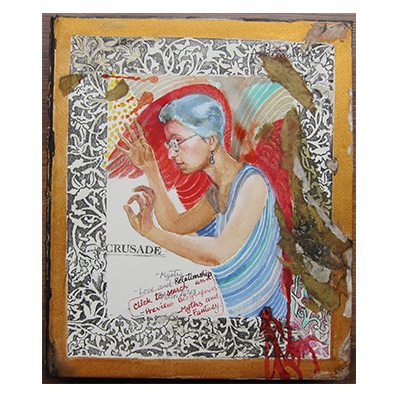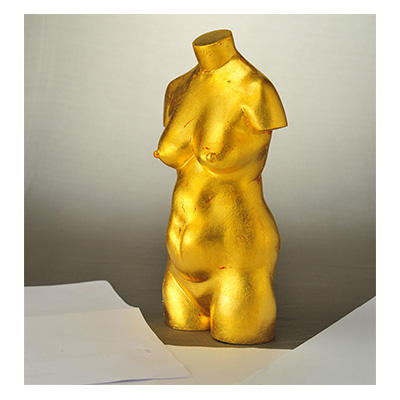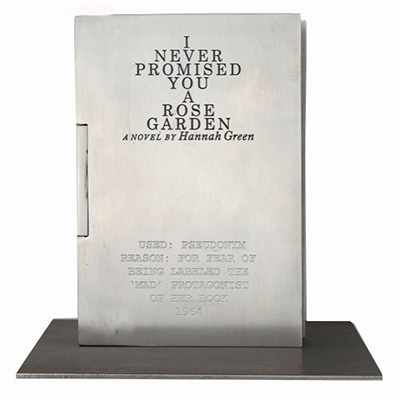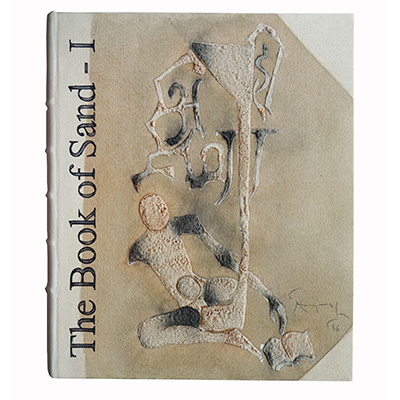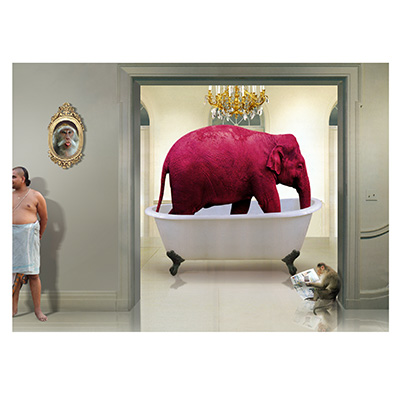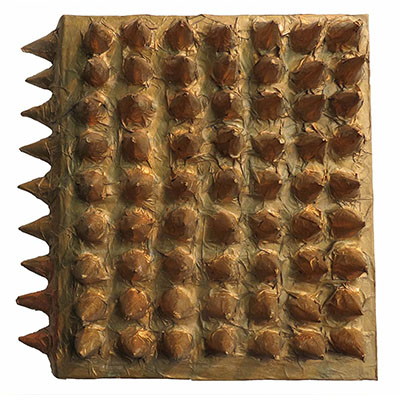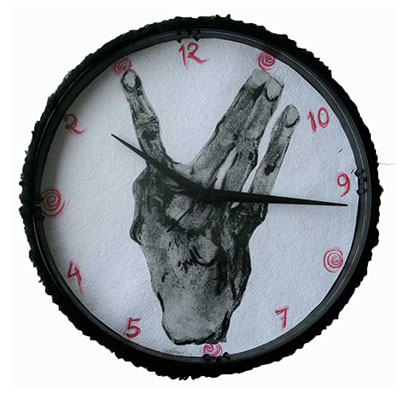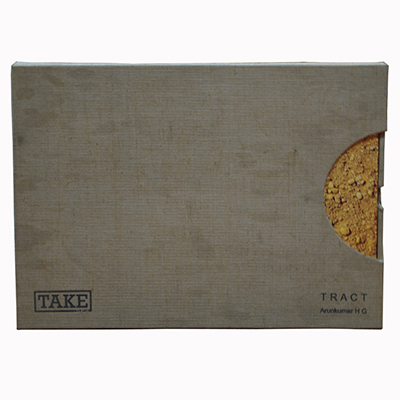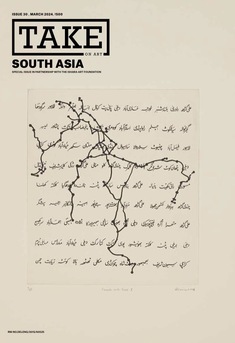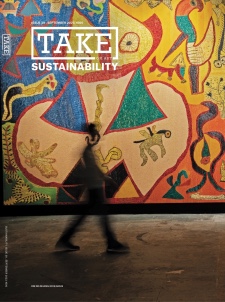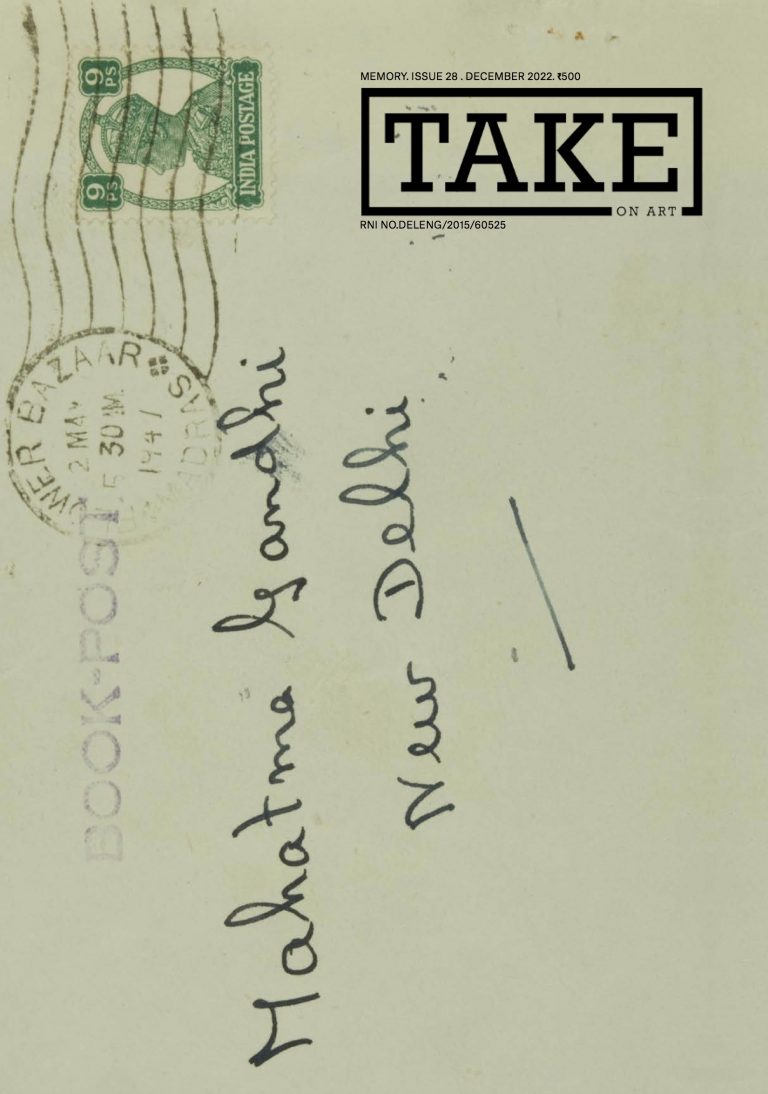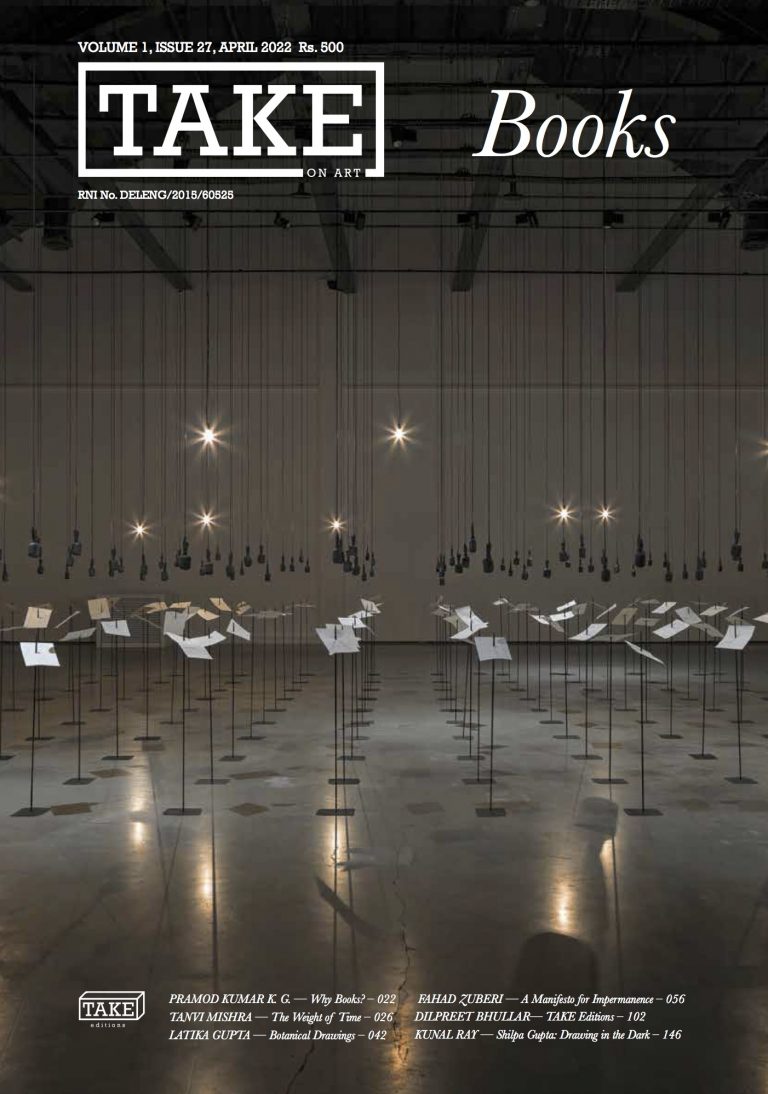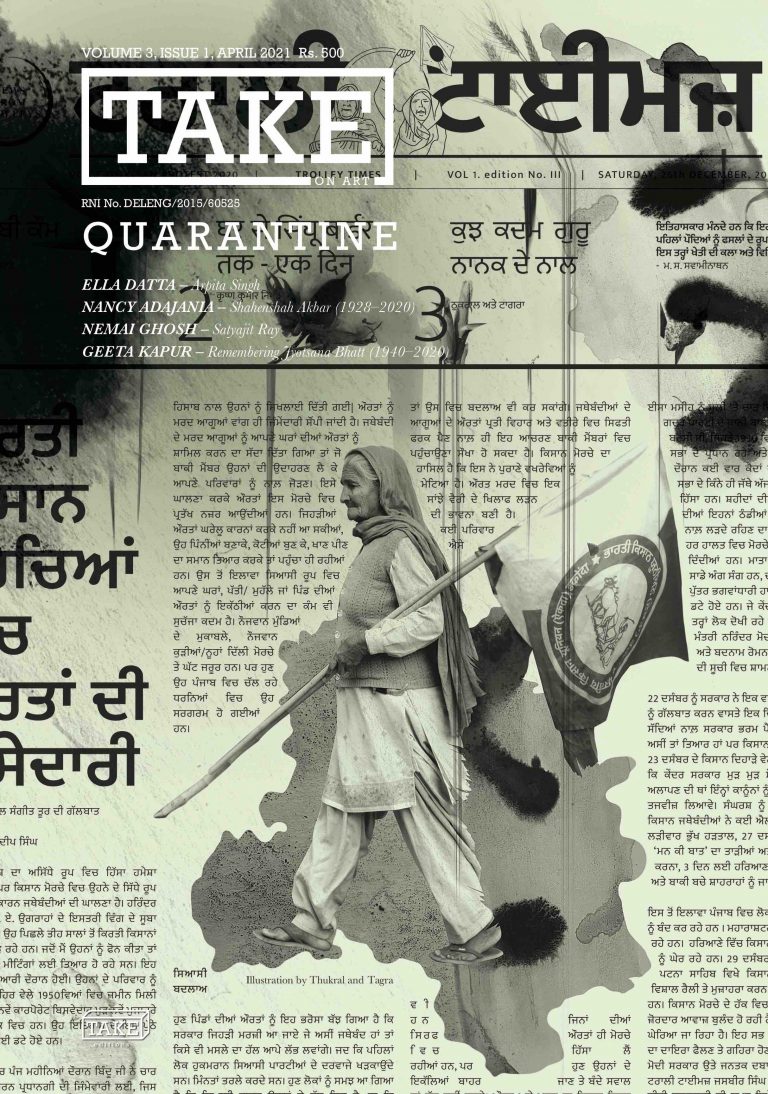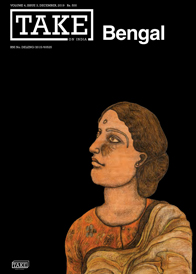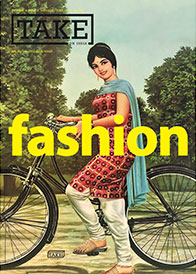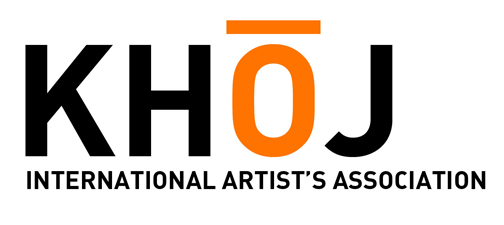TAKE Features
Unfolding the Possibilities of South Asian Contemporary Practice
As the art forces flourish across the globe through international fairs, festivals and biennales, creative collaborations have become the key driving force to enable such expansive cultural possibilities. These partnerships strengthen artistic ecosystems to anchor conversations that transcend geographical and political borders. Within South Asia, this exchange remains a generative terrain shaped by shared histories, interconnected cultural lineages and pressing contemporary urgencies. The region continues to be a fecund ground for artists and institutions to build new networks, to deflate the conventions and explore resonant narratives that speak to both local realities and global concerns. Building on this ongoing cycle of cross-cultural dialogue, Bhavna Kakar, Editor-in-Chief of TAKE on Art magazine, visited KALĀ at the invitation of Saskia Fernando, Founding Director of the institution. Their meeting oriented towards the renewed commitment to strengthening regional artistic discourse and imagining collaborative futures. In this interview, Kakar sits down with Fernando to reflect on the dynamic possibilities unfolding across the South Asian art landscape: its emergent practices, its evolving networks, and the artists whose voices and visions are defining our contemporary moment. Together, they illuminate on how regional solidarity continues to shape the trajectory of art today.
Read MoreA Bridge is built from Two Sides: Far Reaching Earth, Far Extending Sky, Spread like a Mat, Covered like a Bowl
In a conversation between Korram and Rahee Punyashloka, the curator of exhibition, the former remarks that guns, whether toys or weapons in the hands of guards, are part of daily life in Bastar. During elections, festivals and other such large gatherings, the presence of armed personnel is naturalised under the name of security. The effect is to position violence not at the periphery but at the centre of experience, where it becomes impossible to separate civic, ritual or recreational activities from the shadow of militarisation. In particular, these sculptures highlight the speed of modern forms of violence and deforestation, such as automatic weapons, heavy machinery for logging and armed jeeps used by hunters.
Read More







